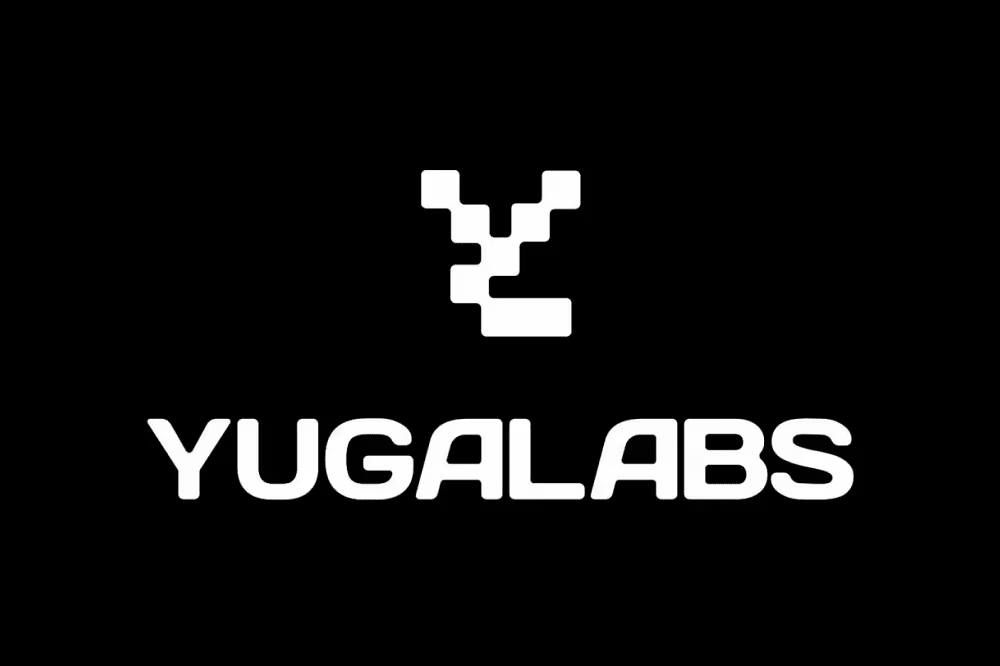Key Takeaways
- Gas in Ethereum is the unit that measures the computational effort required to perform actions like transactions or smart contracts.
- Gas fees are paid in ETH and fluctuate based on network demand and block space.
- In 2025, Ethereum’s upgrades and Layer 2 scaling are making gas fees lower, faster, and more predictable.
Understanding Ethereum Gas: The Fuel Behind the Blockchain
Every action on the Ethereum network — from sending ETH to minting NFTs — requires computational power. This power isn’t free; it’s fueled by something called gas.
Think of gas in Ethereum like fuel in a car: you need it to make your transaction move. Without gas, nothing happens.
Gas ensures that Ethereum’s decentralized network remains efficient, fair, and secure by rewarding the miners (or now, validators) who process and confirm transactions.
How Gas Works on Ethereum
1. Gas Units
Gas measures how much computational work is required to perform an operation. Simple actions like sending ETH cost less gas, while complex actions like executing smart contracts or interacting with DeFi apps cost more.
For instance:
- Sending ETH → Around 21,000 gas units
- Swapping tokens on a DEX (like Uniswap) → Up to 150,000 gas units or more
Each operation consumes a different amount of gas based on how intensive it is.
2. Gas Price (in Gwei)
Gas isn’t measured in ETH directly but in Gwei, a smaller denomination of ETH.
- 1 ETH = 1,000,000,000 Gwei (1 billion Gwei)
When you make a transaction, you choose how much you’re willing to pay per unit of gas — this is your gas price.
- Higher gas prices = faster confirmation.
- Lower gas prices = slower processing.
In times of high network congestion (e.g., during NFT drops or major DeFi events), users compete by paying higher gas fees to get their transactions processed faster.
3. Gas Limit
The gas limit is the maximum amount of gas you’re willing to spend on a transaction.
If your transaction runs out of gas before completing, it fails — but you still pay for the gas used up to that point.
Setting an appropriate gas limit ensures your transaction has enough resources to be processed successfully.
How Ethereum Gas Fees Are Calculated
Gas fees = Gas Units × Gas Price (in Gwei)
For example:
If you send a transaction requiring 21,000 gas at a gas price of 30 Gwei, the total cost is:
21,000 × 30 Gwei = 630,000 Gwei = 0.00063 ETH
So if ETH’s market price is $3,000, the total fee is roughly $1.89.
These costs fluctuate constantly depending on network traffic and user demand.
Ethereum Upgrades and the Evolution of Gas (2025 Update)
Since Ethereum’s Merge (2022) and the EIP-1559 upgrade, gas mechanics have evolved significantly. The Merge transitioned Ethereum from Proof of Work (PoW) to Proof of Stake (PoS), making transactions more energy-efficient.
The EIP-1559 update introduced a base fee system that automatically adjusts based on network congestion, helping stabilize gas prices.
In 2025, the ecosystem has matured further:
- Danksharding and proto-danksharding (EIP-4844) have improved scalability.
- Layer 2 networks like Arbitrum, Optimism, and Base handle millions of transactions at a fraction of Ethereum’s mainnet cost.
- Most users now perform their DeFi and NFT transactions on Layer 2, paying minimal gas while still benefiting from Ethereum’s security.
As a result, average gas fees in 2025 are dramatically lower than in previous years — often just a few cents per transaction.
Why Gas Fees Exist (and Why They’re Important)
Gas isn’t just a payment system — it’s what keeps Ethereum running smoothly.
Here’s why it matters:
- Prevents spam: Gas fees discourage users from flooding the network with useless transactions.
- Rewards validators: Validators (who confirm blocks) earn gas fees for their work, ensuring the network remains secure.
- Allocates resources: Higher fees prioritize transactions that are more urgent or valuable.
Without gas, Ethereum would be vulnerable to congestion, spam attacks, and inefficiency.
Tips to Save on Gas in 2025
Even with lower gas fees in 2025, optimizing transactions still matters — especially for DeFi users and NFT traders.
- Use Layer 2 Networks: Send and trade on Arbitrum, Base, or Optimism to save up to 95% on gas.
- Avoid Peak Hours: Gas prices surge when the network is busy — check etherscan.io/gastracker before transacting.
- Batch Transactions: If possible, combine multiple operations into one.
- Use Wallets with Smart Fee Estimates: Wallets like MetaMask or Rainbow now recommend optimal gas settings automatically.
Gas in Ethereum vs Other Blockchains
While Ethereum popularized the “gas” model, other networks have adapted or modified the concept:
- BNB Chain charges gas in BNB tokens.
- Polygon and Arbitrum use gas but at a fraction of Ethereum’s cost.
- Solana and Avalanche use different fee structures but aim for the same purpose: network stability.
Still, Ethereum’s gas system remains the most influential — shaping how nearly every major blockchain manages transaction costs.
Conclusion: Gas Powers the Ethereum Economy
In 2025, understanding what gas in Ethereum means is essential for every crypto user. Gas is the invisible engine that powers everything from simple ETH transfers to complex decentralized finance protocols.
Thanks to Ethereum’s ongoing scalability upgrades and the rise of Layer 2 solutions, users can now enjoy faster, cheaper, and more predictable gas fees — without sacrificing security.
Whether you’re a developer, NFT creator, or everyday investor, knowing how gas works helps you transact smarter, save money, and fully appreciate the innovation behind Ethereum’s blockchain.



